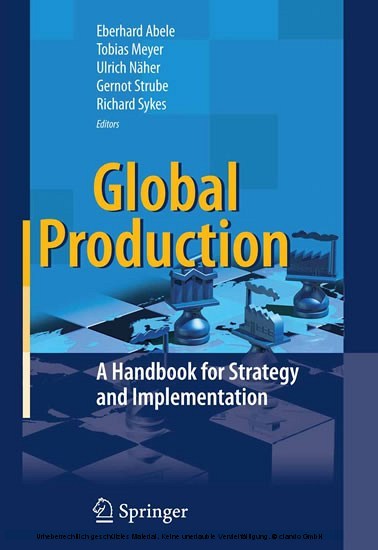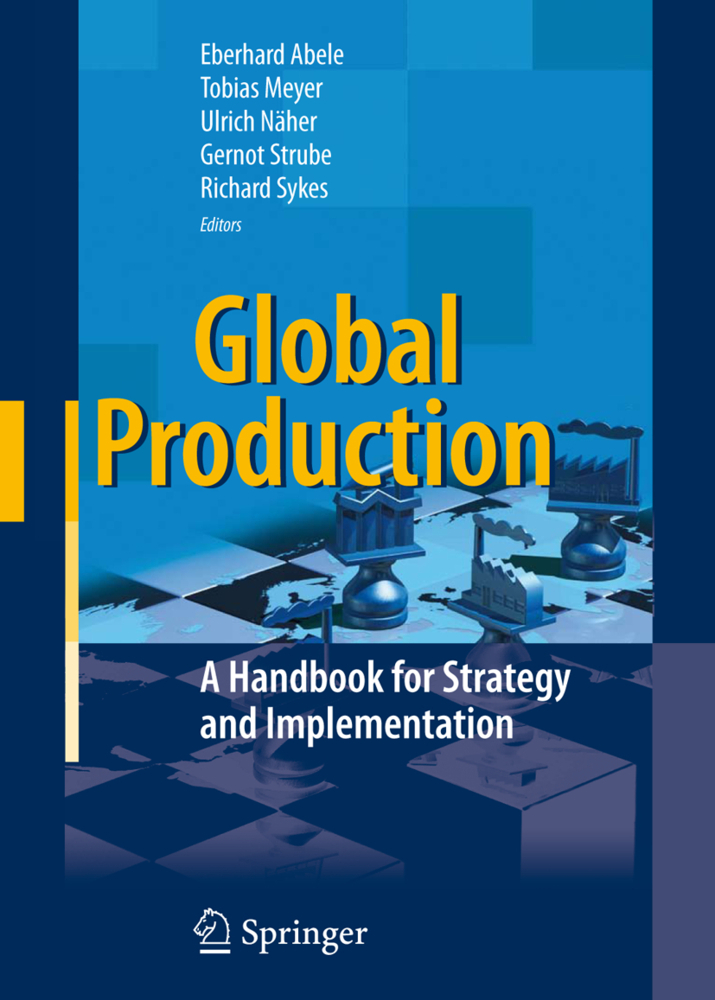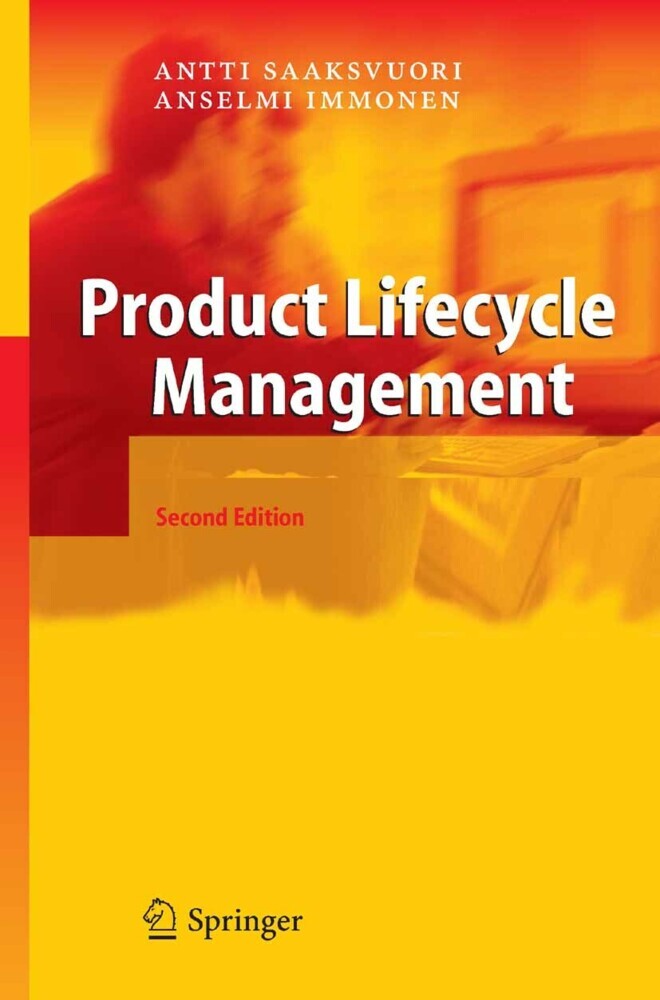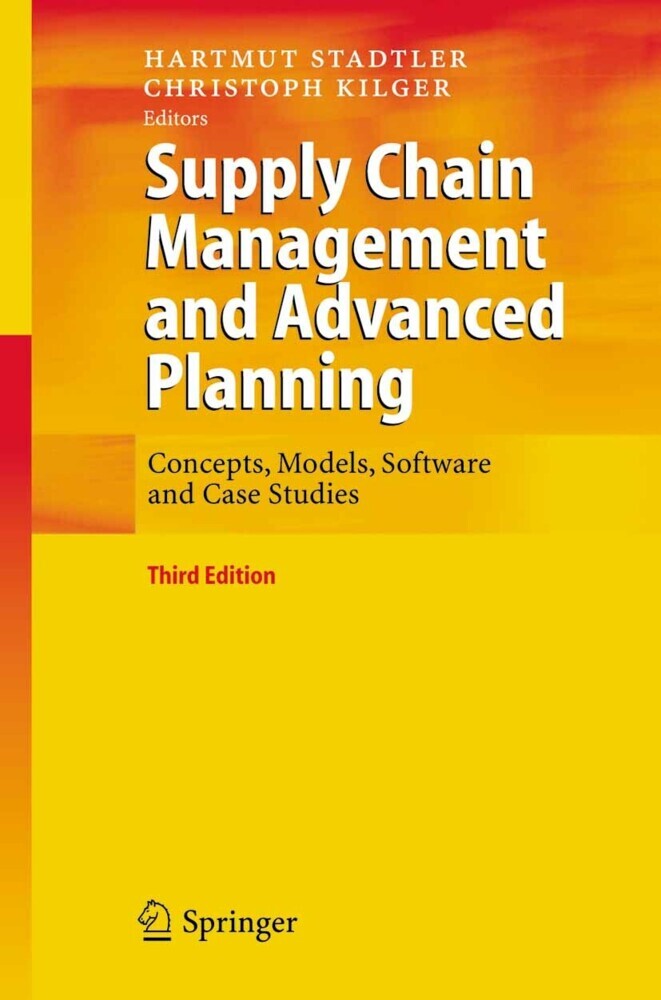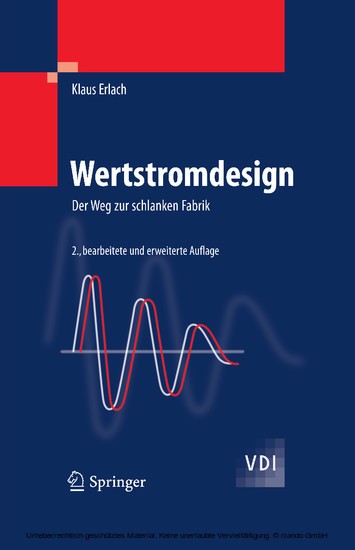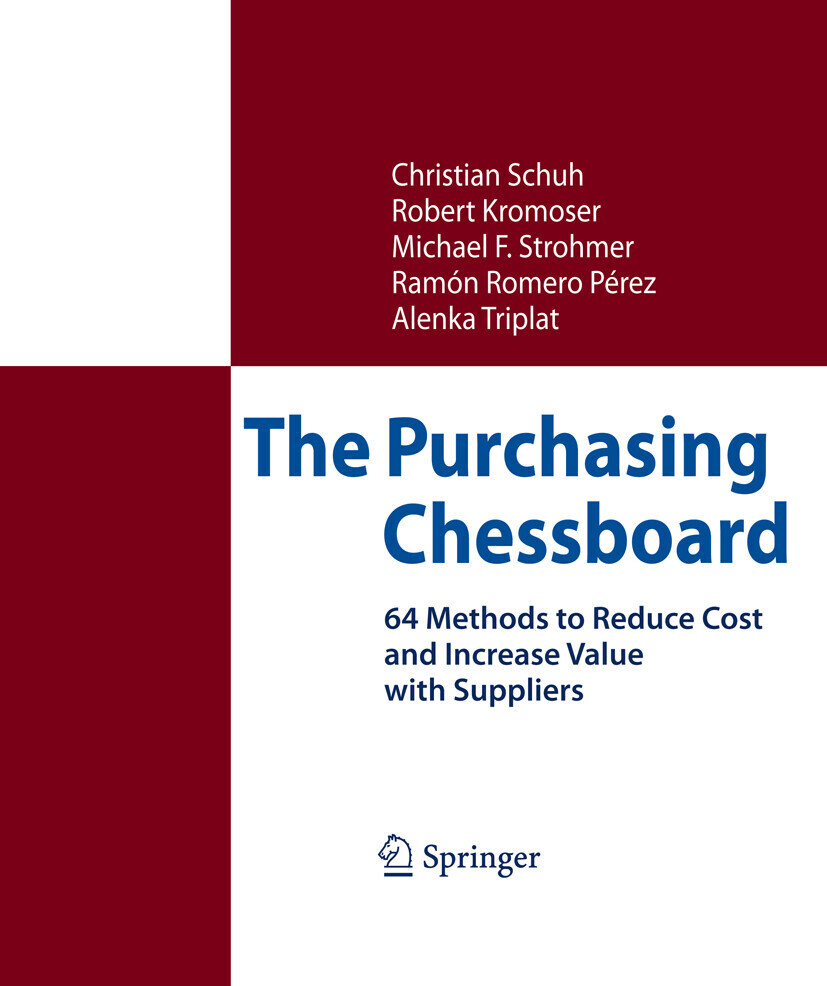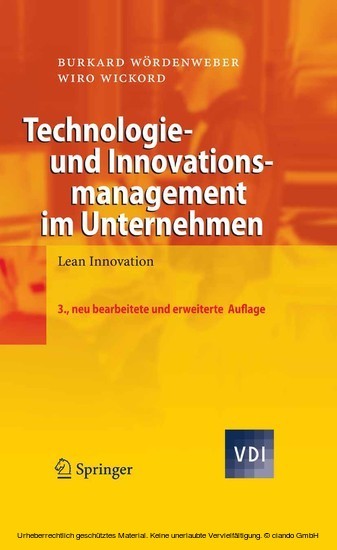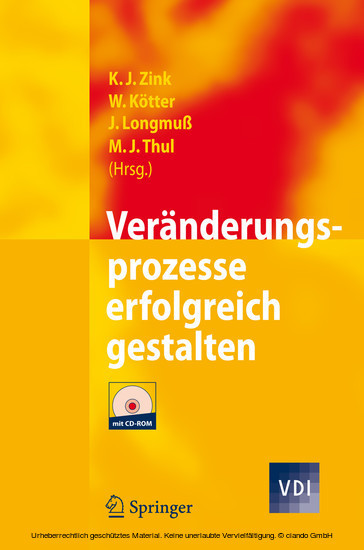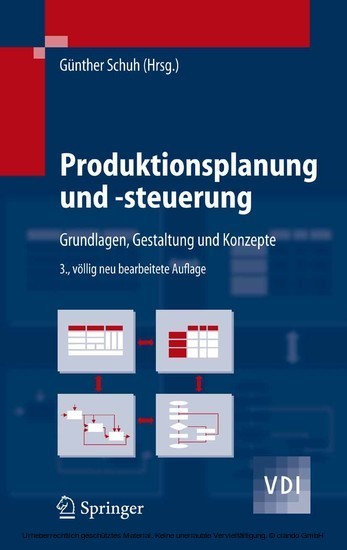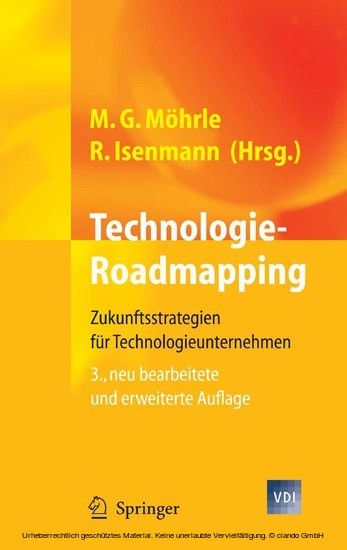Global Production
A Handbook for Strategy and Implementation
What is the best configuration for a global production network? What are the different dynamics in low-cost vs. high-cost countries? Getting the answers right is key to building a competitive and efficient global production network. Centers of economic activity are shifting profoundly, globally and even regionally. Production is shifting even more dramatically than the economy as a whole, making it critical for decision makers to know what criteria matter most and how to make the right decisions on where to invest. Regardless of the industry involved, an optimized global footprint can translate to a competitive advantage. A comprehensive redesign typically yields a 20 to 40 percent reduction in manufacturing costs.Global production and purchasing operations create a platform for entry into new markets. However, it takes considerable effort to plan and implement a sustainable globalization strategy; this book will help in that task.
1;Preface;6 2;Table of Contents;8 3;1 Why Go Global? The Multinational Imperative;14 3.1;Summary;14 3.2;Key questions, Chapter 1;15 3.3;1.1 Phases of Globalization;15 3.4;1.2 What Are the Forces Accelerating Global Production?;21 3.5;1.3 Goals of Global Production;26 3.5.1;China and India - Attractive Markets if Approached Right;29 3.5.2;The Grundig Example;34 3.6;1.4 Current Production Networks of the Three ProNet Focus Industries;38 3.7;Further reading;45 4;2 Selection Criteria: Assessing Relevant Trends and Indicators;46 4.1;Summary;46 4.2;Key questions, Chapter 2;47 4.3;2.1 The Relevance of Selection Criteria for Global Production Locations;47 4.4;2.2 Markets and Market Development;53 4.5;2.3 Factor Costs - Labor, Capital, and Materials;62 4.6;2.4 Productivity and Economies of Scale in Manufacturing;73 4.7;2.5 Logistics - Direct and Indirect Costs;83 4.8;2.6 External Factors - Boundary Conditions and Risks;90 4.8.1;External Factors - How the Mercedes Car Group ( MCG) Selects Production Locations;93 4.8.2;Radical Change in the Textile Industry: The Consequences of Hampering Globalization;95 4.8.3;Currency Risks and Competitive Strategy - Airbus Uses Financial Derivatives to Hedge Against Exchange Rate Fluctuations;98 4.9;2.7 Handling Migration - Transition Financials;106 4.9.1;Suspicion of Product Piracy: GM Sues SAIC Subsidiary Chery;107 4.10;Further reading;113 5;3 Investments Abroad: Using the Right Evaluation Techniques;114 5.1;Summary;114 5.2;Key questions, Chapter 3;115 5.3;3.1 Basic Models;116 5.4;3.2 Dimensions of the Analysis;124 5.5;3.3 Specific Tools and Analysis Methods;130 5.6;3.4 Survey Results and Case Studies;136 5.6.1;Building a Global Business in Ten Years - Investment Decisions at Deutsche Post World Net;144 5.7;Appendix: Investment Analysis Techniques;149 5.8;Further reading;149 6;4 Network Design: Optimizing the Global Production Footprint;152 6.1;Summary;152 6.2;Key questions, Chapter 4;153 6.3;4.1 Holistic Approach;154 6.4;4.2 Network Phenotypes;176 6.5;4.3 Production Footprint Redesign: Case Studies;179 6.6;Further reading;202 7;5 Production Technology: Adapting to Maximize Local Advantage;203 7.1;Summary;203 7.2;Key questions, Chapter 5;204 7.3;5.1 Reasons for Adaptation;204 7.4;5.2 The Options for Adaptation;212 7.4.1;Aligning Technology with Local Conditions: Weighing Equipment Manufacturing at Sartorius in China, Germany, Malaysia, and the US;217 7.4.2;Hero Honda as an Example of Automation in Low- Cost Countries: as Little as Possible, as Much as Necessary;220 7.4.3;Alternative Production Technology: Industry- and Location- Specific Solutions for Balancing Rotors;223 7.4.4;Automation in High-Cost Countries: Integrated Optimization of Product, Machinery and Sequence at SGF;230 7.5;5.3 Evaluation and Selection;232 7.5.1;Using Alternative Manufacturing Methods: Armature Shafts for Small Motors;237 7.5.2;Minimizing One-Off Expenditure: An Automotive Supplier Uses Older Machinery and Plant Concepts;244 7.6;Further reading;246 8;6 Implementation: Ramping Up New Facilities for Top Performance;247 8.1;Summary;247 8.2;Key questions, Chapter 6;248 8.3;6.1 Improvement Potential Revealed by the Survey;248 8.4;6.2 Detailed Regional Planning;250 8.4.1;Pulling Out All the Stops - Too Far: A Mechanical Engineering Company Overreaches Itself in Asia;251 8.4.2;Bargaining Power: Raising the Stakes in Back- End Chip Production;254 8.4.3;Accelerating Location Planning: Best- Practice Site Selection in South Korea;255 8.5;6.3 HR Management;258 8.5.1;Choose your Friends Carefully: How an SME was Exploited by its Joint Venture Partner;258 8.5.2;Revving Up for Excellence: Global Executive Staffing at an International Automotive Supplier;263 8.5.3;Fueling for Performance in China: Bosch Wuxi Uses Cross- Site Know- How Transfer to Ramp Up for Sophisticated Injection Valve Production;268 8.5.4;Staffing for Success in Developing Countries: Hero Honda Achieves High Productivity via Low Attrition;270 8.5.5;Overdrive on all Cy
Abele, Eberhard
Meyer, Tobias
Näher, Ulrich
| ISBN | 9783540716532 |
|---|---|
| Artikelnummer | 9783540716532 |
| Medientyp | E-Book - PDF |
| Copyrightjahr | 2008 |
| Verlag | Springer-Verlag |
| Umfang | 401 Seiten |
| Sprache | Englisch |
| Kopierschutz | Digitales Wasserzeichen |

